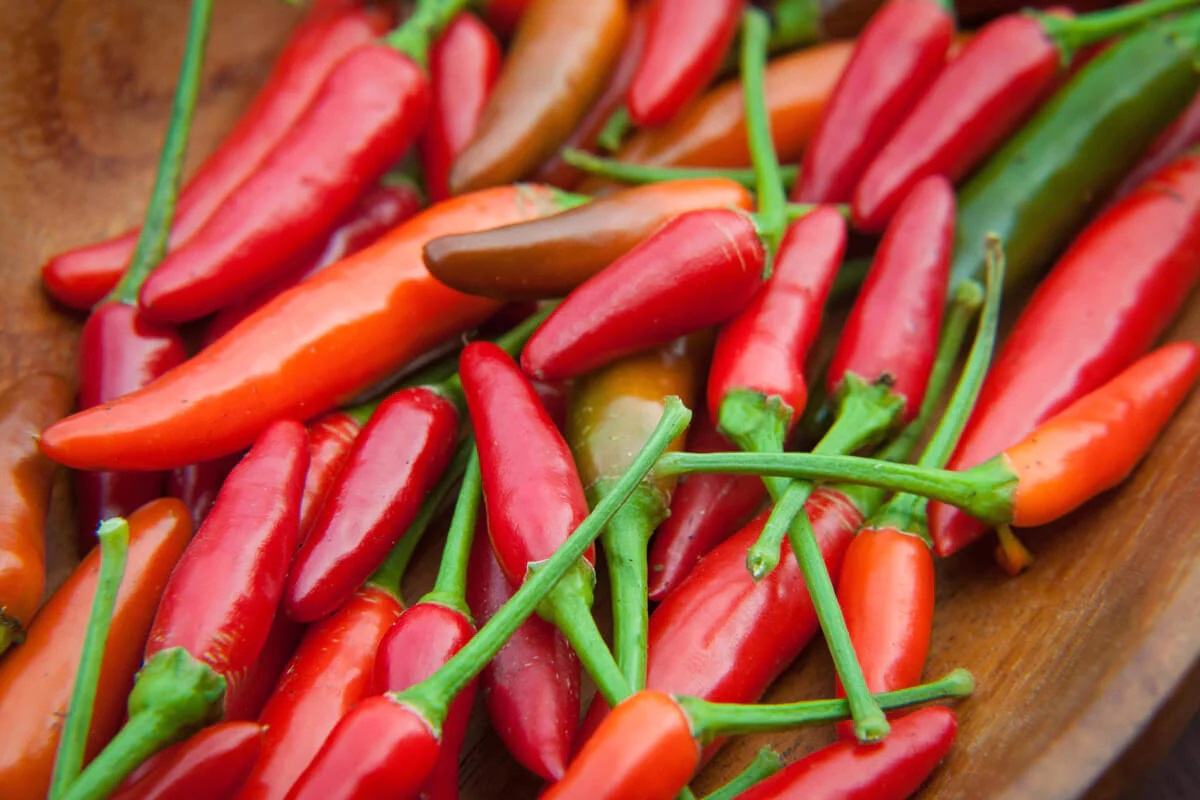

Articles
How To Store Fresh Hot Peppers
Modified: April 22, 2024
Learn how to properly store fresh hot peppers in this informative article. Keep your peppers fresh and flavorful for longer with these tips and tricks.
(Many of the links in this article redirect to a specific reviewed product. Your purchase of these products through affiliate links helps to generate commission for Storables.com, at no extra cost. Learn more)
Introduction
Hot peppers are a popular ingredient in many cuisines around the world, adding a fiery kick and unique flavor to dishes. Whether you grow your own peppers or buy them fresh from the market, knowing how to store them properly is essential to keep them fresh and maintain their heat and flavor.
In this article, we will explore different methods for storing fresh hot peppers to extend their shelf life and provide you with a ready supply of heat whenever you need it. We will cover everything from selecting the right peppers to proper cleaning techniques, drying methods, and various storage options like refrigeration, freezing, and pickling. Additionally, we will discuss how to use hot peppers in recipes and provide valuable safety tips to ensure you handle these fiery fruits responsibly.
So, whether you are a fan of jalapenos, habaneros, or serrano peppers, get ready to learn the best practices for storing these spicy gems and keeping them at their peak freshness.
Key Takeaways:
- Store hot peppers in the refrigerator for short-term freshness, or freeze them for extended shelf life. Pickling is a flavorful preservation method, and proper cleaning and handling are essential for safety and enjoyment.
- Incorporate hot peppers into diverse recipes, from salsas to infused oils, to add a fiery kick and depth of flavor. Follow safety precautions to handle these spicy gems with confidence and creativity.
Read more: How To Store Fresh Picked Peppers
Choosing Fresh Hot Peppers
When it comes to selecting fresh hot peppers, there are a few key factors to keep in mind. Look for peppers that have a vibrant color and feel firm to the touch. Avoid any peppers that have soft spots or bruises, as these could indicate spoilage.
The heat level of hot peppers can vary significantly, so consider your personal preference and the recipe you plan to use them in. If you prefer a milder heat, opt for peppers like poblanos or banana peppers. For a fiery kick, habaneros or Thai bird’s eye peppers are a good choice.
It’s also important to consider the size and shape of the peppers. Some varieties, like jalapenos, are available in both green and red forms. Green jalapenos are slightly milder and are often used in salsas and Mexican dishes, while red jalapenos have a sweeter flavor and are perfect for adding a pop of color to your meals.
Lastly, if you can, try to purchase locally grown hot peppers. They are often fresher and have a more intense flavor compared to those that have traveled long distances.
Remember, when handling hot peppers, it’s best to use gloves to avoid any skin irritation or accidental transfer of capsaicin, the compound responsible for their heat, to sensitive areas like your eyes or nose. If gloves are not available, make sure to wash your hands thoroughly after handling peppers and avoid touching your face.
Properly Cleaning Hot Peppers
Before storing hot peppers, it’s crucial to clean them properly to remove any dirt, pesticides, or bacteria that may be present. Here’s a step-by-step guide on how to clean hot peppers:
- Start by rinsing the peppers under cool running water. This will help remove any visible dirt or debris on the surface.
- Next, gently scrub the peppers using a soft brush or sponge to ensure thorough cleaning. Pay attention to the stem area and any crevices where dirt might be trapped.
- If you prefer, you can also soak the peppers in a bowl of cool water for a few minutes to further remove any impurities.
- Once the peppers are clean, pat them dry with a clean kitchen towel or paper towel. Make sure they are completely dry before proceeding to the next step.
- After drying, you have the option to remove the stems and seeds. This step is subjective and depends on your personal preference and the recipe you plan to use the peppers in. Removing the stems and seeds can slightly reduce the heat of the peppers.
It’s important to note that capsaicin, the compound responsible for the heat in hot peppers, can linger on your skin even after washing your hands. Avoid touching your face or eyes while handling hot peppers to prevent any discomfort or irritation.
Once the hot peppers are clean and dry, you can proceed to the next steps for storing them, such as drying, refrigerating, freezing, or pickling. Properly cleaning the peppers ensures that any contaminants are removed and minimizes the risk of spoilage during storage. Now that you have cleaned hot peppers, you can move on to the next step: drying them.
Drying Hot Peppers
Drying hot peppers is a popular method for preserving them and intensifying their flavors. Whether you prefer air-drying or using a dehydrator, the goal is to remove as much moisture from the peppers as possible. Here’s how you can dry hot peppers:
- Method 1: Air Drying
- Start by using a sharp knife to slice the peppers lengthwise or into rings. Keep in mind that the smaller the pieces, the faster they will dry.
- Next, spread the sliced peppers on a baking sheet or wire rack, making sure they are evenly spaced and not touching each other.
- Place the baking sheet or rack in a dry, well-ventilated area, away from direct sunlight. Peppers require airflow to dry properly.
- Allow the peppers to air dry for several weeks, flipping them every few days to ensure even drying.
- Once the peppers are fully dried, they will have a leathery texture and will easily break when bent. You can store them whole or crush them into flakes or powder for later use.
- Method 2: Using a Dehydrator
- If you have a dehydrator, it can greatly speed up the drying process.
- Follow the manufacturer’s instructions for your specific dehydrator model.
- Typically, you will need to slice the peppers and arrange them on the dehydrator trays, leaving space between each piece for proper airflow.
- Select the appropriate temperature setting and let the dehydrator run for several hours or until the peppers are fully dried.
- Once dried, store the peppers in airtight containers or grind them into flakes or powder as desired.
Dried hot peppers can be used in various recipes, such as spice blends, sauces, soups, stews, and more. Their concentrated heat and flavor can add a punch to any dish. Just remember to wear gloves when slicing and handling hot peppers to protect your hands.
Now that you know how to dry hot peppers, let’s explore different storage methods, starting with refrigeration.
Storing Hot Peppers in the Refrigerator
If you’d like to keep your hot peppers fresh for a short period, storing them in the refrigerator is an excellent option. Here’s how you can do it:
- Start by selecting peppers that are firm and free from any signs of spoilage. Avoid peppers with soft spots or wrinkled skin.
- Before storing, ensure that the peppers are dry. You can pat them dry with a clean kitchen towel or paper towel to remove any excess moisture.
- Next, place the peppers in a perforated plastic bag or a container with ventilation holes. This allows for proper air circulation and helps prevent the build-up of moisture that can lead to spoilage.
- Store the peppers in the vegetable crisper drawer of your refrigerator. This section provides a cool and slightly humid environment, which helps to extend the shelf life of the peppers.
- It’s important to note that hot peppers can lose some of their crispness and heat when refrigerated, but they will still retain their flavor.
- Check the peppers regularly and remove any that show signs of decay or spoilage, as they can spread to other peppers and cause them to spoil faster.
- Generally, hot peppers can last up to two weeks in the refrigerator if stored properly.
Refrigeration is a convenient option if you want to keep your hot peppers readily available for quick use. However, if you have a large quantity of peppers or want to extend their shelf life even further, an alternative option is freezing them.
Before we move on to freezing hot peppers, it’s crucial to discuss the precautions and safety measures to ensure proper handling of these spicy fruits.
Store fresh hot peppers in the refrigerator in a paper bag or perforated plastic bag to maintain their freshness. Avoid storing them in airtight containers, as this can cause them to spoil more quickly.
Read more: How To Store Hot Peppers
Freezing Hot Peppers
Freezing hot peppers is an excellent way to preserve their freshness and heat for an extended period. Here’s how you can freeze hot peppers:
- Start by selecting fresh and firm peppers. Wash and dry them thoroughly before proceeding.
- If desired, you can remove the stems and seeds before freezing, although it’s not necessary. This step depends on your preference and the recipes you plan to use the peppers in later.
- Next, slice the peppers into your desired shape and size. It can be rings, diced, or left whole, depending on how you’ll use them in the future.
- Spread the sliced or whole peppers on a baking sheet lined with parchment paper. Make sure they are not touching each other to prevent them from freezing together.
- Place the baking sheet in the freezer and allow the peppers to freeze completely. This process, known as flash freezing, ensures that the peppers retain their individual shape and prevent them from clumping together.
- Once the peppers are frozen solid, transfer them into freezer-safe containers or resealable bags. Be sure to remove any excess air from the bags to prevent freezer burn.
- Label the containers or bags with the date and the type of hot peppers to keep track of their freshness.
- Return the peppers to the freezer and store them for up to 6 months.
When you’re ready to use the frozen hot peppers, there’s no need to thaw them. You can add them directly to your recipes, whether it’s a stir-fry, chili, salsa, or soup. The freezing process helps to preserve the heat and flavor of the peppers, allowing you to enjoy a delightful punch of spiciness anytime you want.
Now that you know how to freeze hot peppers, let’s explore another popular method of preserving them: pickling.
Pickling Hot Peppers
Pickling hot peppers is a fantastic way to preserve them while adding a tangy and flavorful twist. The pickling process not only extends the shelf life of the peppers but also enhances their taste. Here’s how you can pickle hot peppers:
- Start by selecting fresh and firm peppers. Wash them thoroughly and remove the stems.
- You can choose to leave the peppers whole, slice them into rings, or dice them into bite-sized pieces, depending on your preference.
- Next, prepare the pickling solution. In a saucepan, combine equal parts vinegar (white or apple cider vinegar) and water. Add sugar, salt, and any desired spices, such as garlic, mustard seeds, or peppercorns, to the mixture.
- Bring the pickling solution to a boil, stirring until the sugar and salt have dissolved completely.
- Once the solution is boiling, add the peppers to the pot. Allow them to simmer for a few minutes until they become slightly tender but still retain some crunch.
- Using tongs or a slotted spoon, transfer the peppers into sterilized jars, taking care not to overfill them.
- Pour the hot pickling solution over the peppers in the jars, ensuring that they are fully submerged. Leave a small amount of headspace at the top of each jar.
- Seal the jars tightly and let them cool to room temperature. Then, refrigerate the pickled peppers for at least 24 hours before consuming to allow the flavors to meld.
- Properly sealed and refrigerated pickled peppers can last for several months.
Pickled hot peppers are a versatile ingredient that can add a zesty kick to sandwiches, salads, tacos, and more. They can also be enjoyed as a condiment or a tasty addition to cheese and charcuterie boards. The pickling process not only preserves the peppers but also infuses them with a delightful tanginess that balances their natural heat.
Now that you have explored various methods of storing hot peppers, it’s essential to understand how to incorporate them into your favorite recipes.
Using Hot Peppers in Recipes
Hot peppers are a versatile ingredient that can add fiery flavor and depth to a wide range of dishes. Here are some creative ways to use hot peppers in your recipes:
- Salsas and Dips: Hot peppers are a must-have ingredient in various salsas and dips. Whether you’re making a classic tomato-based salsa or a spicy guacamole, adding finely chopped hot peppers will take the flavor to the next level.
- Spicy Sauces: Hot peppers can be the star of homemade hot sauces. Blend them with vinegar and other spices for a custom sauce that can be used to spice up tacos, grilled meats, and more.
- Curries and Stir-Fries: In Asian cuisines, hot peppers are commonly used in curries and stir-fries. Add sliced or diced peppers to your favorite stir-fry or curry recipe to bring the heat and enhance the overall flavor.
- Soups and Stews: Hot peppers can liven up soups and stews with their heat and flavor. Add chopped peppers to chili, vegetable soups, or hearty stews to give them a spicy kick.
- Marinades and Rubs: Create mouthwatering marinades and rubs for meats and vegetables by incorporating hot peppers. The heat will infuse into the ingredients and provide a delicious kick when grilled or roasted.
- Infused Oils and Vinegars: Make your own infused oils or vinegars by adding hot peppers to them. The oils or vinegars will take on the heat and flavor of the peppers, providing an excellent base for salad dressings or drizzling over dishes for an extra kick.
- Infused Spirits: For those who enjoy spicy cocktails, you can infuse spirits like vodka or tequila with hot peppers. The result is a fiery and unique addition to your favorite drinks, such as spicy margaritas or Bloody Marys.
- Pickled Hot Peppers: Don’t forget to use the pickled hot peppers you made earlier. They can be a delicious addition to sandwiches, burgers, tacos, cheeseboards, or served as a side dish alongside your favorite meals.
Remember, the spiciness of hot peppers can vary, so always taste test and adjust the amount according to your desired level of heat. Start with a small amount and gradually increase if you prefer a spicier flavor.
With these ideas, you can fully explore the versatility of hot peppers and create exciting and flavorful dishes that pack a punch.
Now that you’ve learned how to use hot peppers in your recipes, let’s discuss some precautions and safety tips to ensure you handle them responsibly.
Precautions and Safety Tips
Hot peppers can be incredibly spicy and, if not handled properly, can cause discomfort or irritation. It’s essential to take some precautions and follow these safety tips when working with hot peppers:
- Wear gloves: Always wear gloves when handling hot peppers, especially if you’re cutting or slicing them. Gloves help protect your skin from the pepper’s natural oils, which can cause burning or irritation. Avoid touching your face or eyes while wearing the gloves to prevent any transfer of capsaicin.
- Ventilation: When working with hot peppers, ensure that your workspace is well-ventilated. The spicy compounds released from the peppers can be strong, causing coughing or eye irritation. Open windows or use a fan to circulate the air.
- Avoid inhaling: Be cautious not to inhale the fumes or particles released when cutting or cooking with hot peppers. These can irritate your respiratory system. Consider wearing a face mask if necessary.
- Wash your hands: After handling hot peppers, wash your hands thoroughly with soap and water. Be sure to wash your fingertips and nails as well, as the capsaicin can linger on your skin and transfer to sensitive areas if not properly removed.
- Use utensils: When mixing or cooking with hot peppers, use utensils like spoons or tongs rather than your hands to avoid direct contact and potential irritation.
- Storage containers: When storing hot peppers, ensure that your containers or bags are airtight and properly labeled. This avoids any accidental ingestion or confusion of the peppers with other ingredients.
- Start small: If you’re not accustomed to spicy foods, start with milder varieties of hot peppers and gradually increase the amount as your tolerance builds. It’s better to enjoy the dish without overwhelming your taste buds with excessive spiciness.
- Know your heat tolerance: Understand your own heat tolerance and adjust the amount of hot peppers accordingly in your recipes. Everyone’s spice tolerance differs, so feel free to experiment and find the level that suits your taste buds.
By following these precautions and safety tips, you can handle hot peppers with confidence and without any discomfort. This will allow you to fully enjoy their fiery flavor in your favorite recipes.
Now that you are equipped with the knowledge to handle and store hot peppers properly, you can confidently embark on your culinary adventures and explore the exciting world of spicy cuisine.
Remember, it’s all about finding the perfect balance of heat and flavor to create delicious meals that ignite your taste buds!
Disclaimer: The information provided in this article is for educational purposes only and not intended to replace professional advice. If you have specific concerns or allergies, please seek guidance from a qualified expert.
Read more: How To Store Fresh Chili Peppers
Conclusion
Hot peppers are a thrilling ingredient that can add a fiery kick to your culinary creations. Knowing how to store them properly allows you to enjoy their intense heat and unique flavors for an extended period. Whether you’re growing your own peppers or buying them fresh from the market, following the right storage techniques can help maintain their quality and ensure they’re ready whenever you need them.
In this article, we explored various methods for storing hot peppers. We learned about choosing the freshest peppers, properly cleaning them to remove impurities, and different ways to preserve them for longer shelf life. We discussed drying peppers, storing them in the refrigerator, freezing, and pickling as effective methods to keep them fresh and flavorful.
We also explored the versatile ways to incorporate hot peppers into your recipes, whether it’s adding a spicy kick to salsas and dips, infusing oils and vinegars, or creating mouthwatering curries, stir-fries, and marinades.
However, it’s important to handle hot peppers with care. Precautions such as wearing gloves, proper ventilation, and washing hands thoroughly are crucial to prevent any discomfort or irritation caused by capsaicin, the compound responsible for their heat. By following these safety tips, you can fully enjoy the culinary pleasures that hot peppers bring.
Now armed with knowledge and tips on storing, handling, and using hot peppers, you can confidently explore the world of spicy cuisines and experiment with new flavors. Whether it’s adding a kick to your favorite dishes or creating new spicy delights, hot peppers will bring excitement and zest to your meals.
So, go ahead and embark on your pepper-filled adventure. From mild to scorching, hot peppers are ready to spice up your kitchen and tantalize your taste buds!
Frequently Asked Questions about How To Store Fresh Hot Peppers
Was this page helpful?
At Storables.com, we guarantee accurate and reliable information. Our content, validated by Expert Board Contributors, is crafted following stringent Editorial Policies. We're committed to providing you with well-researched, expert-backed insights for all your informational needs.
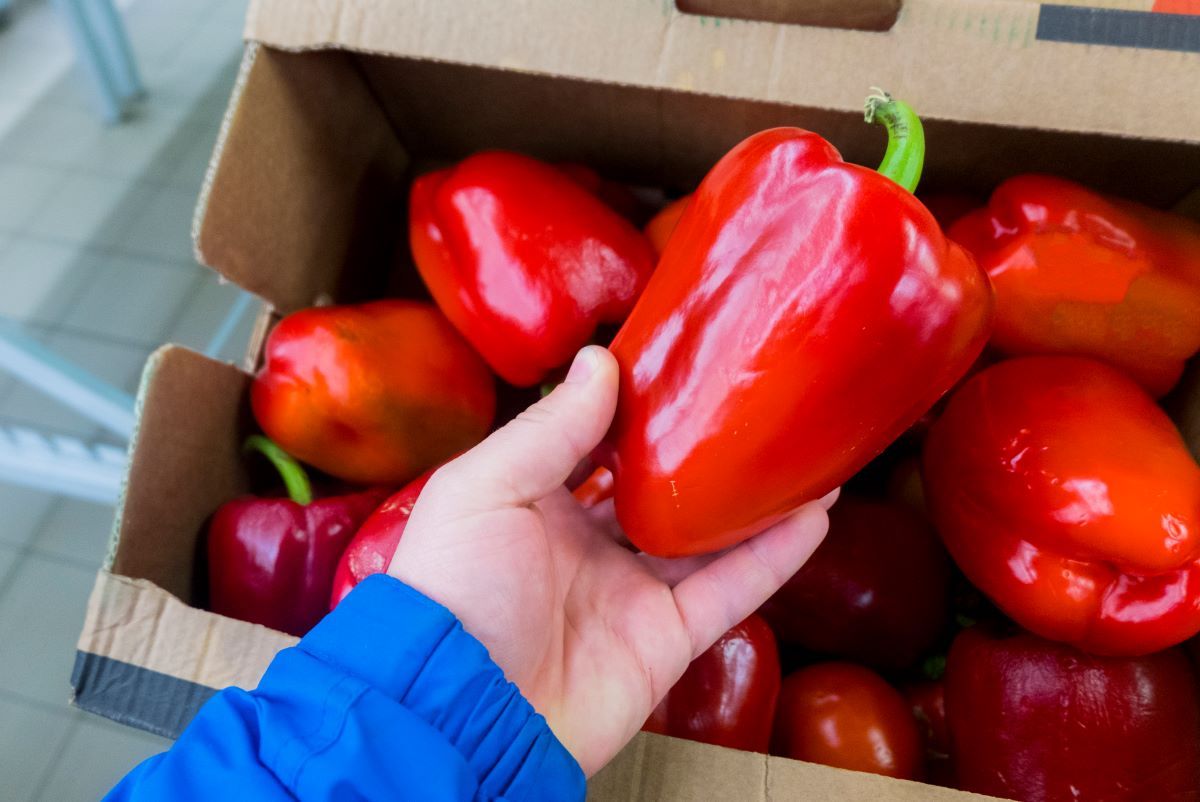
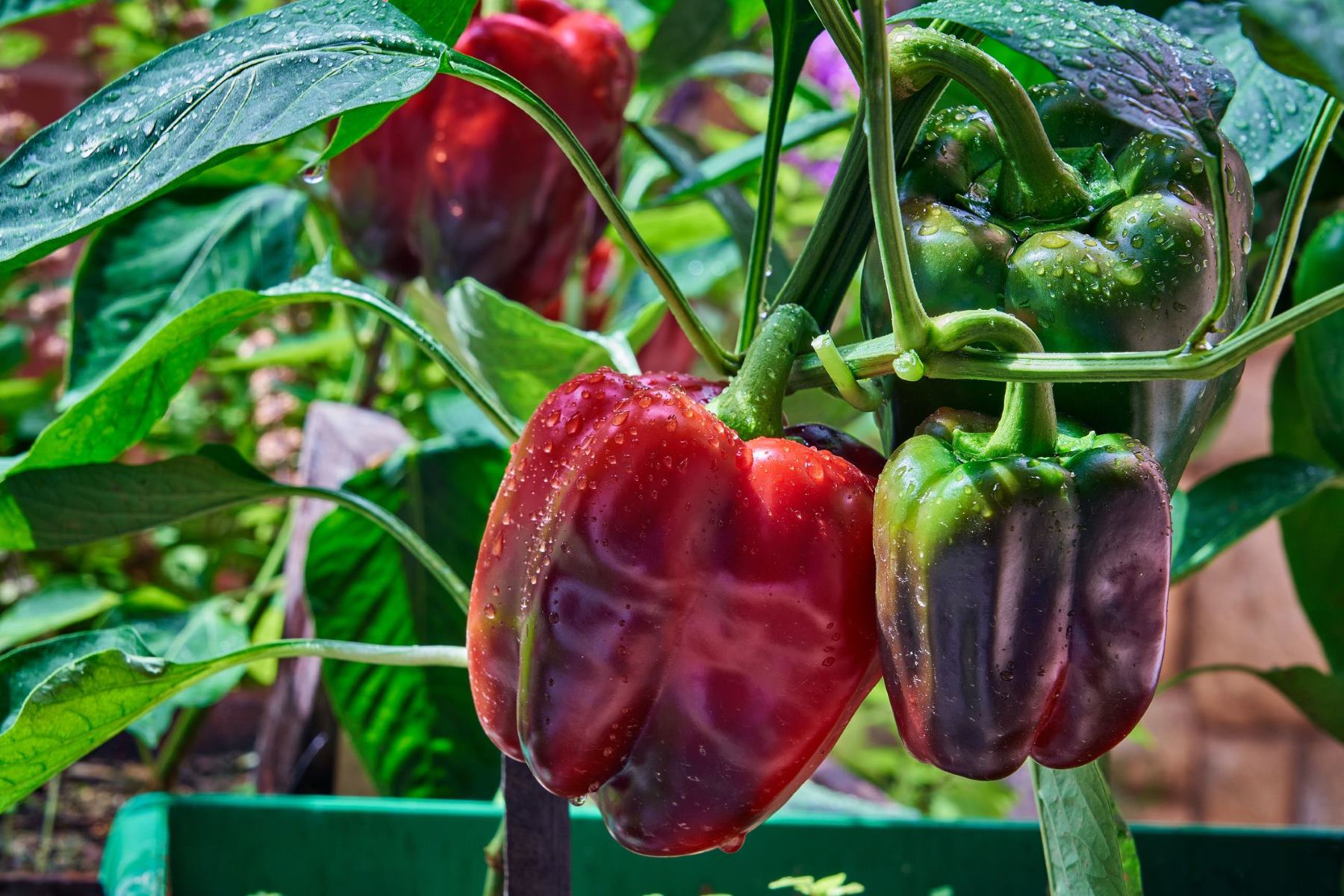
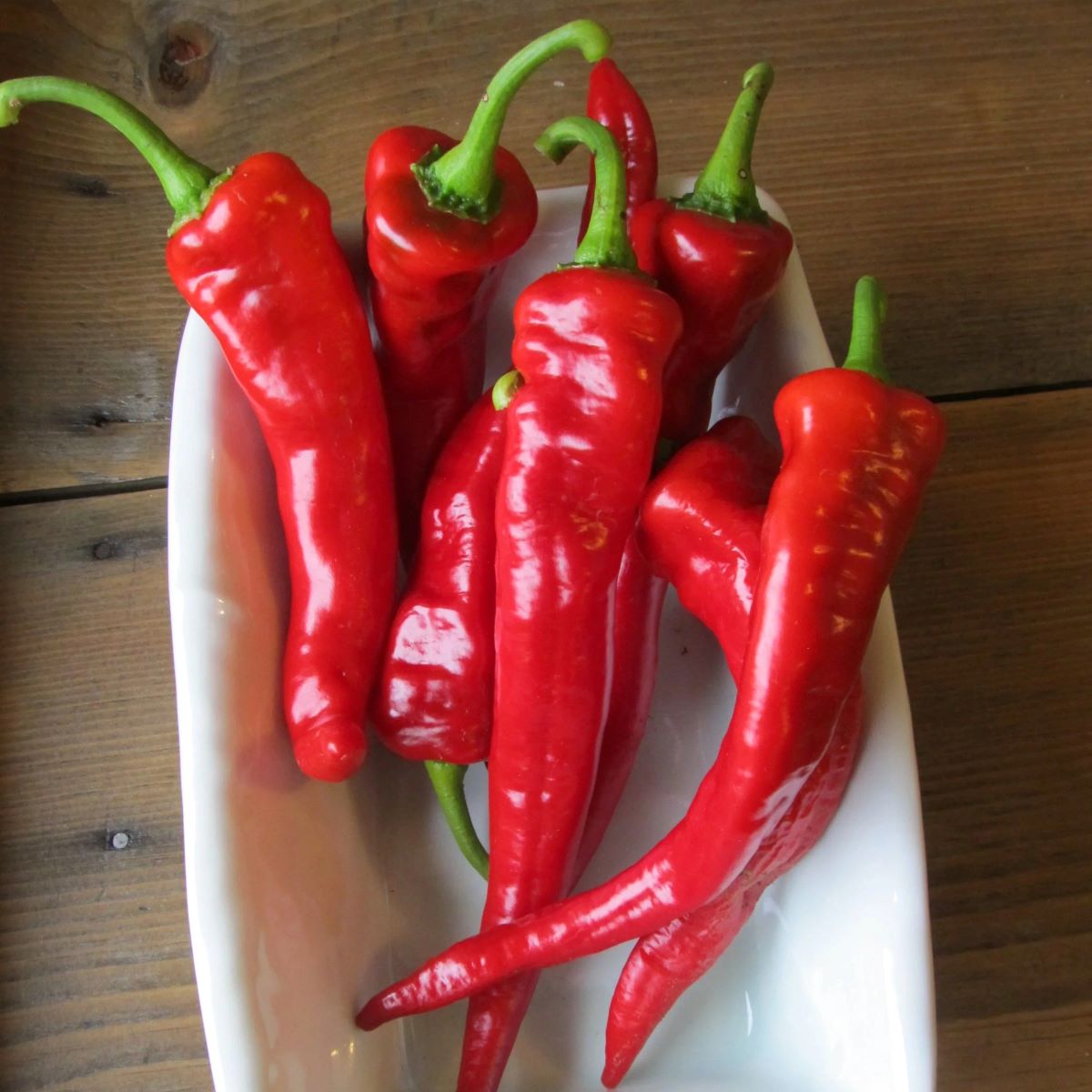
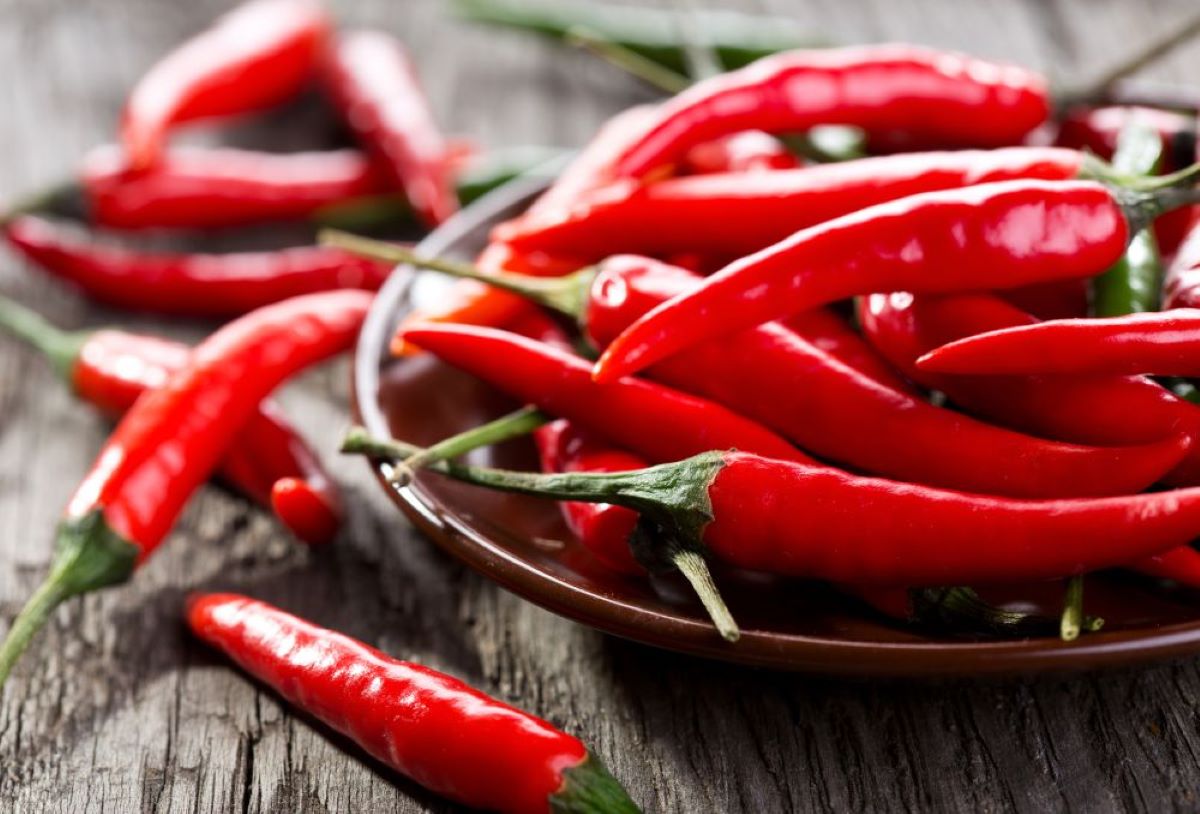
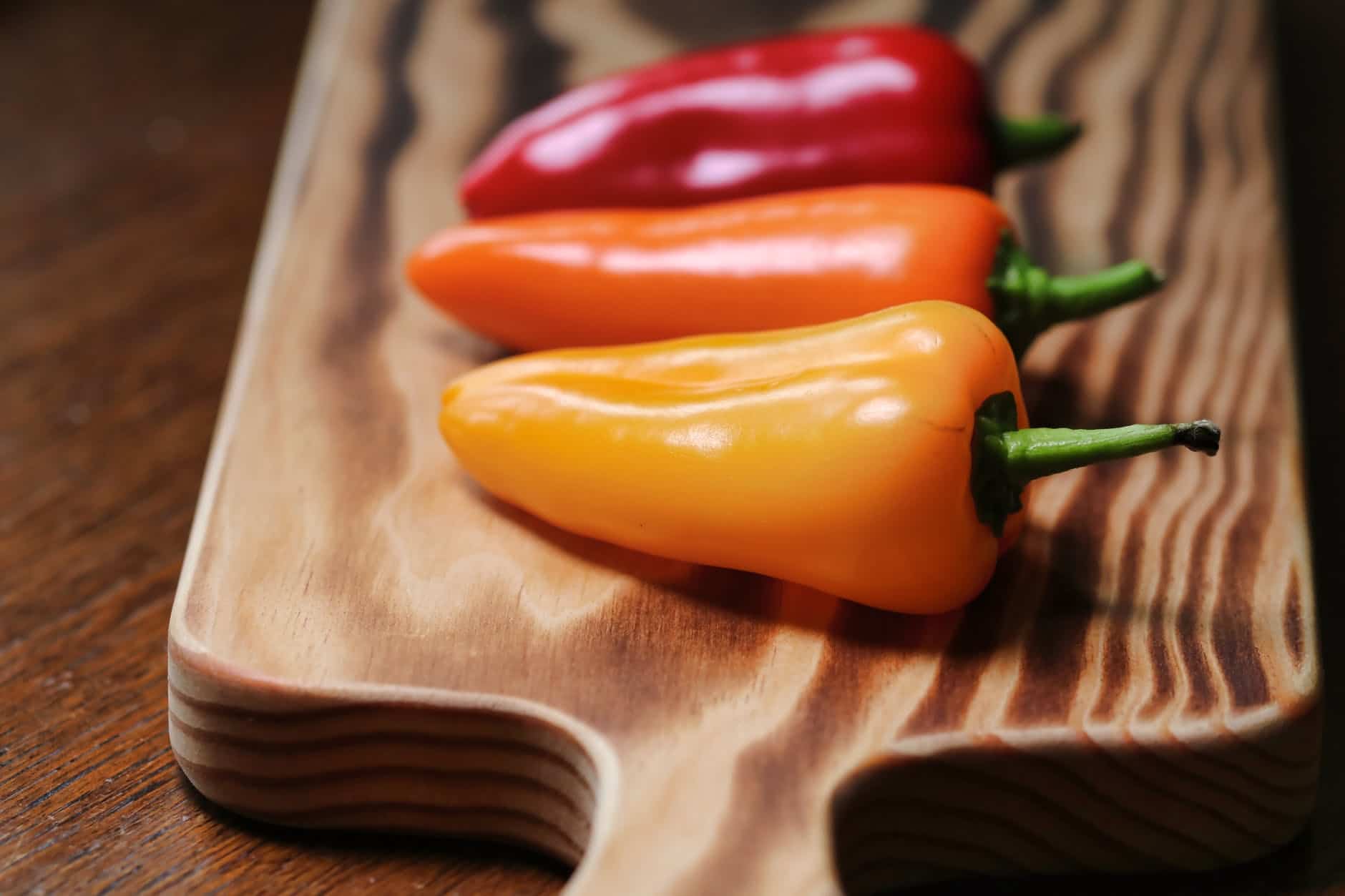
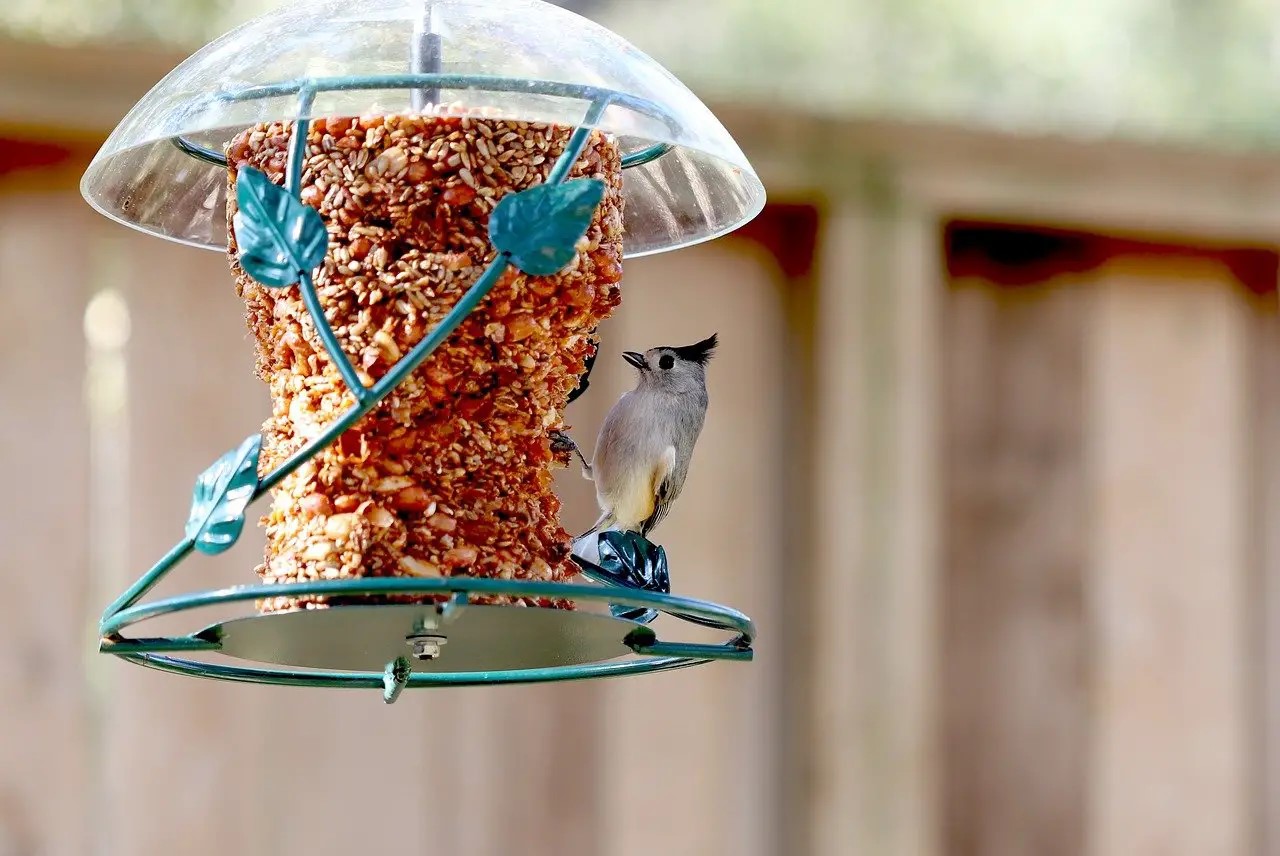
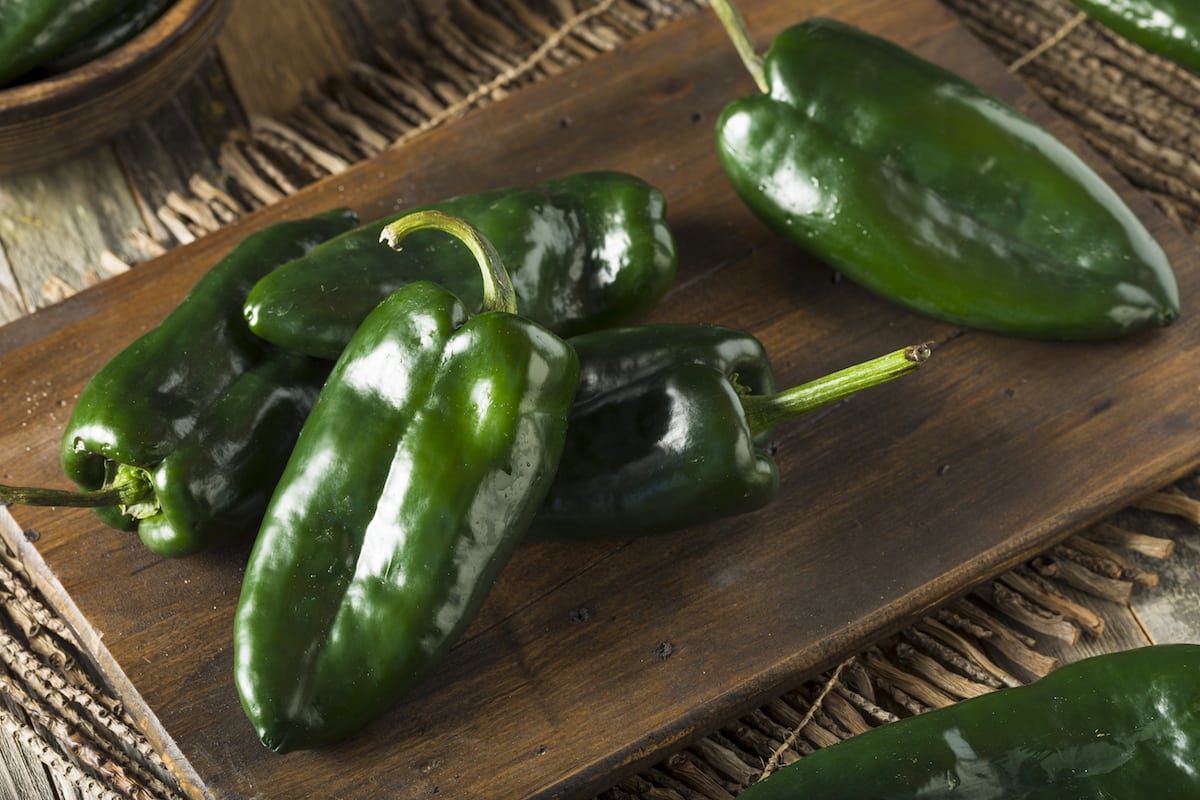
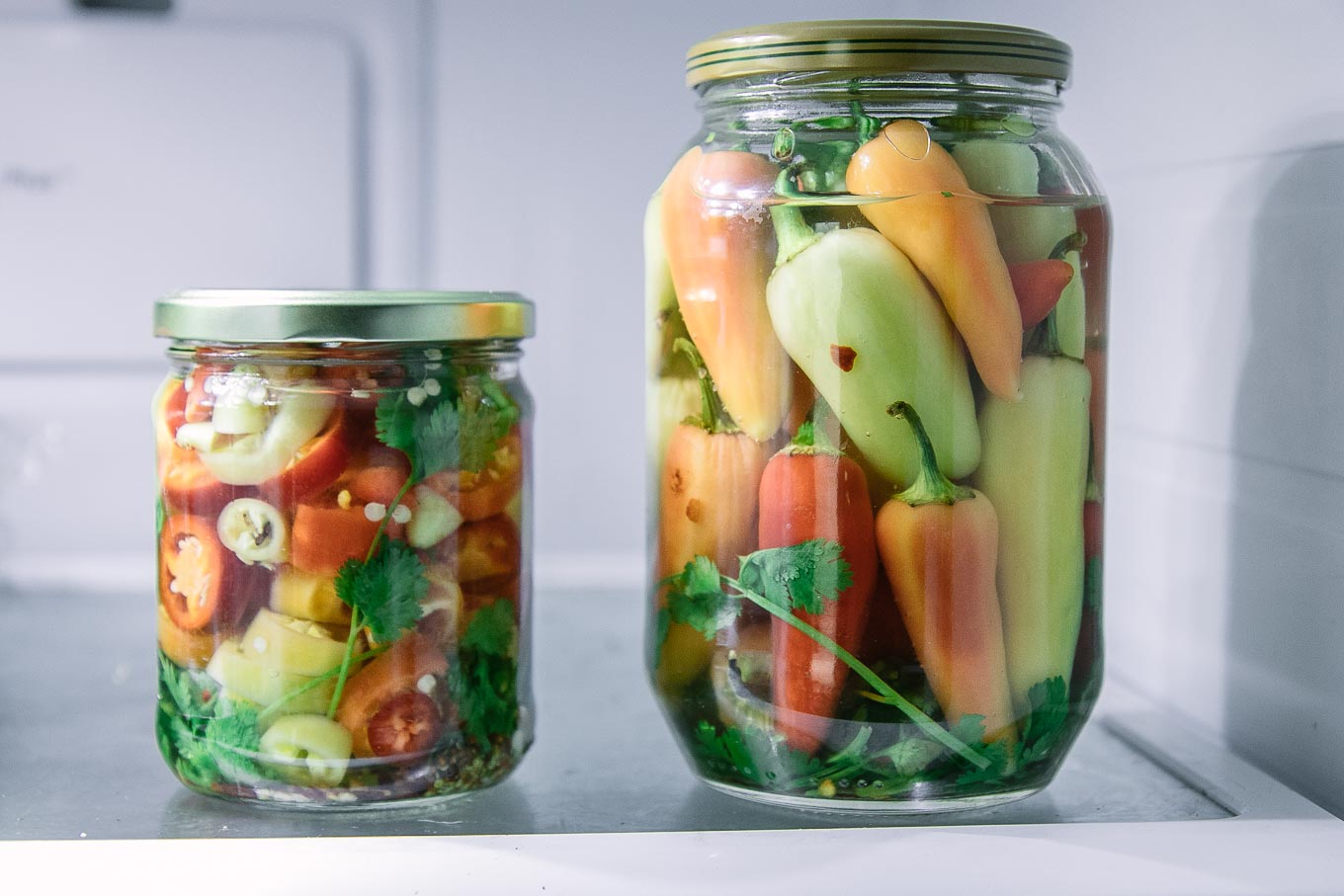
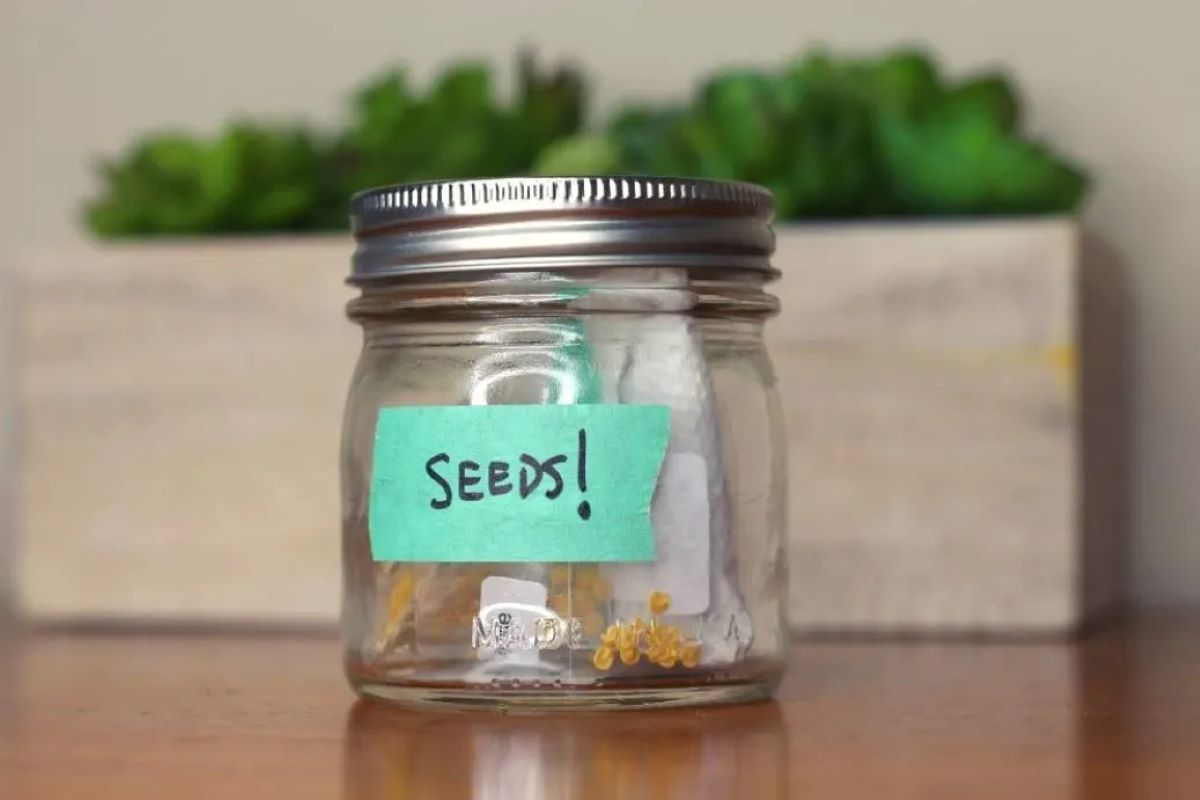
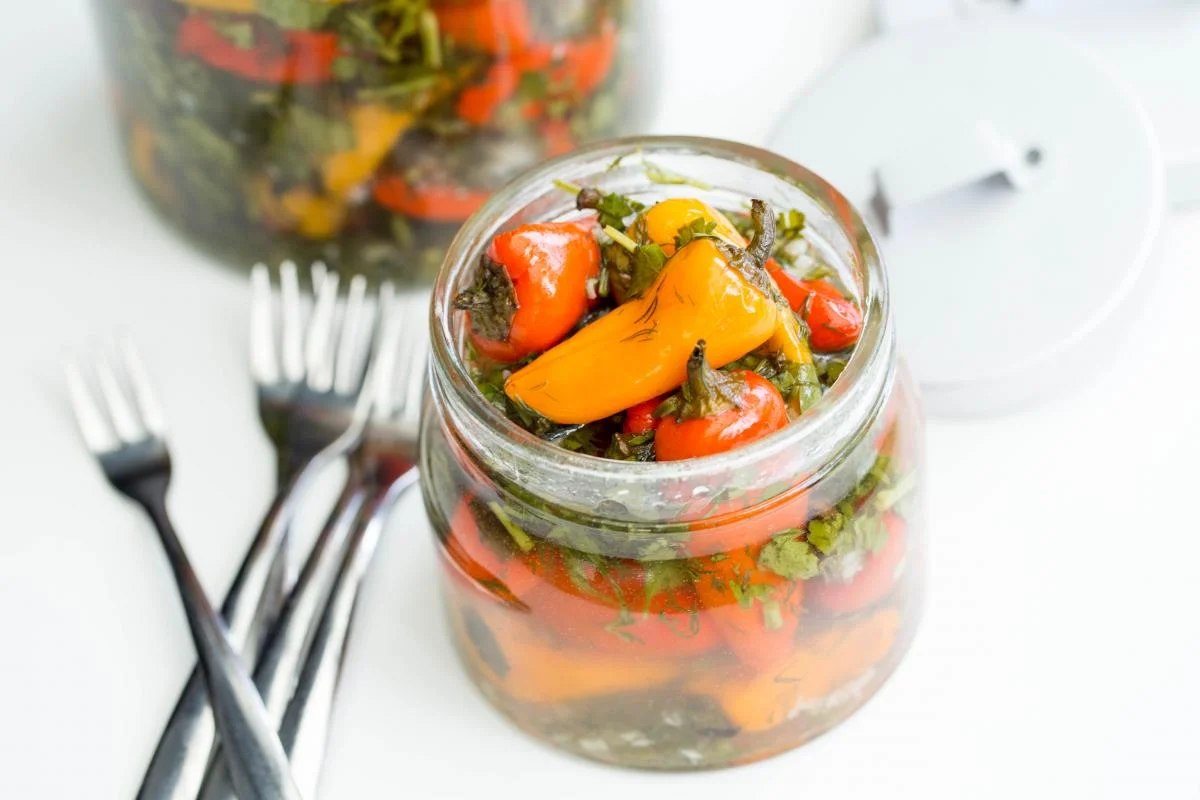
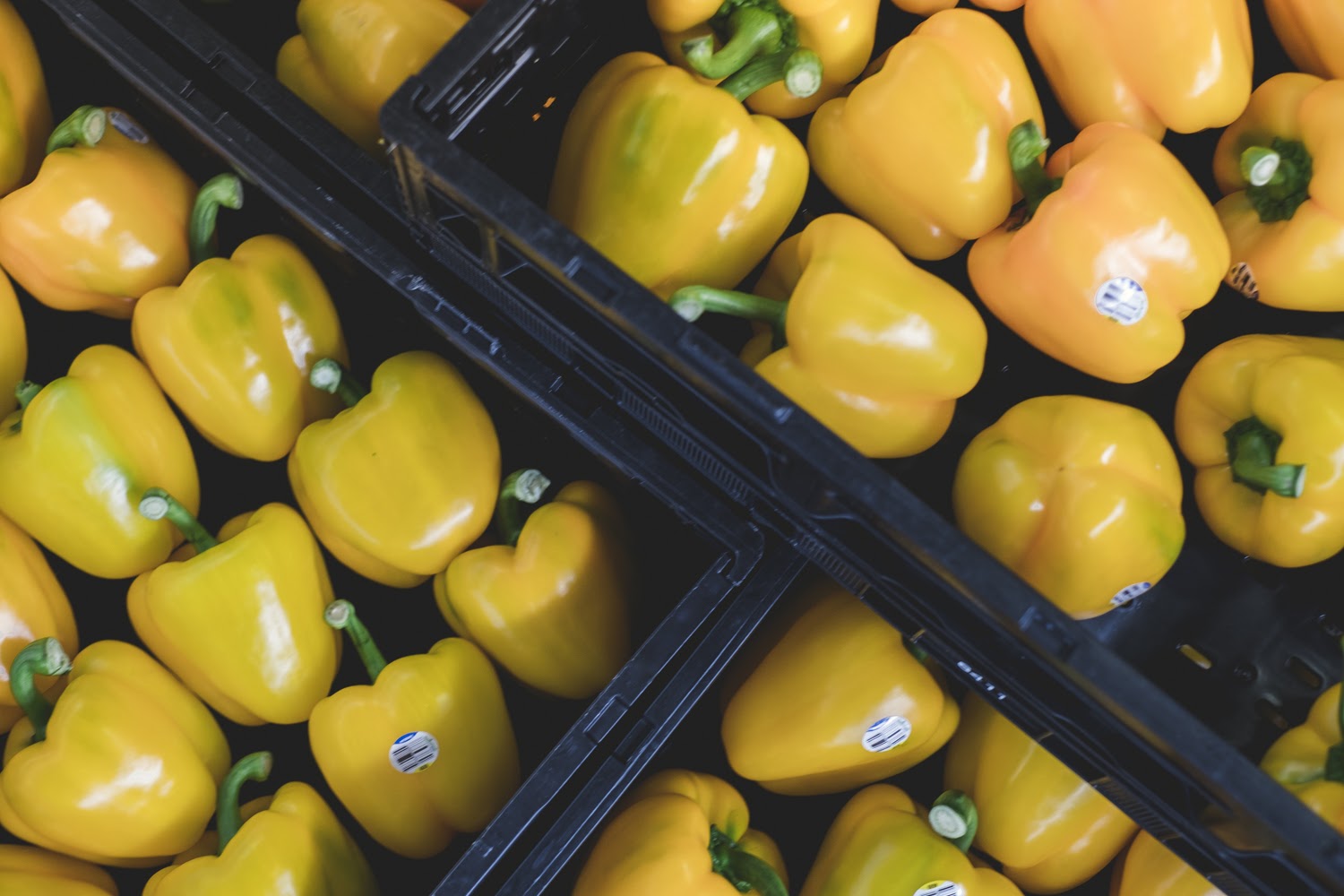
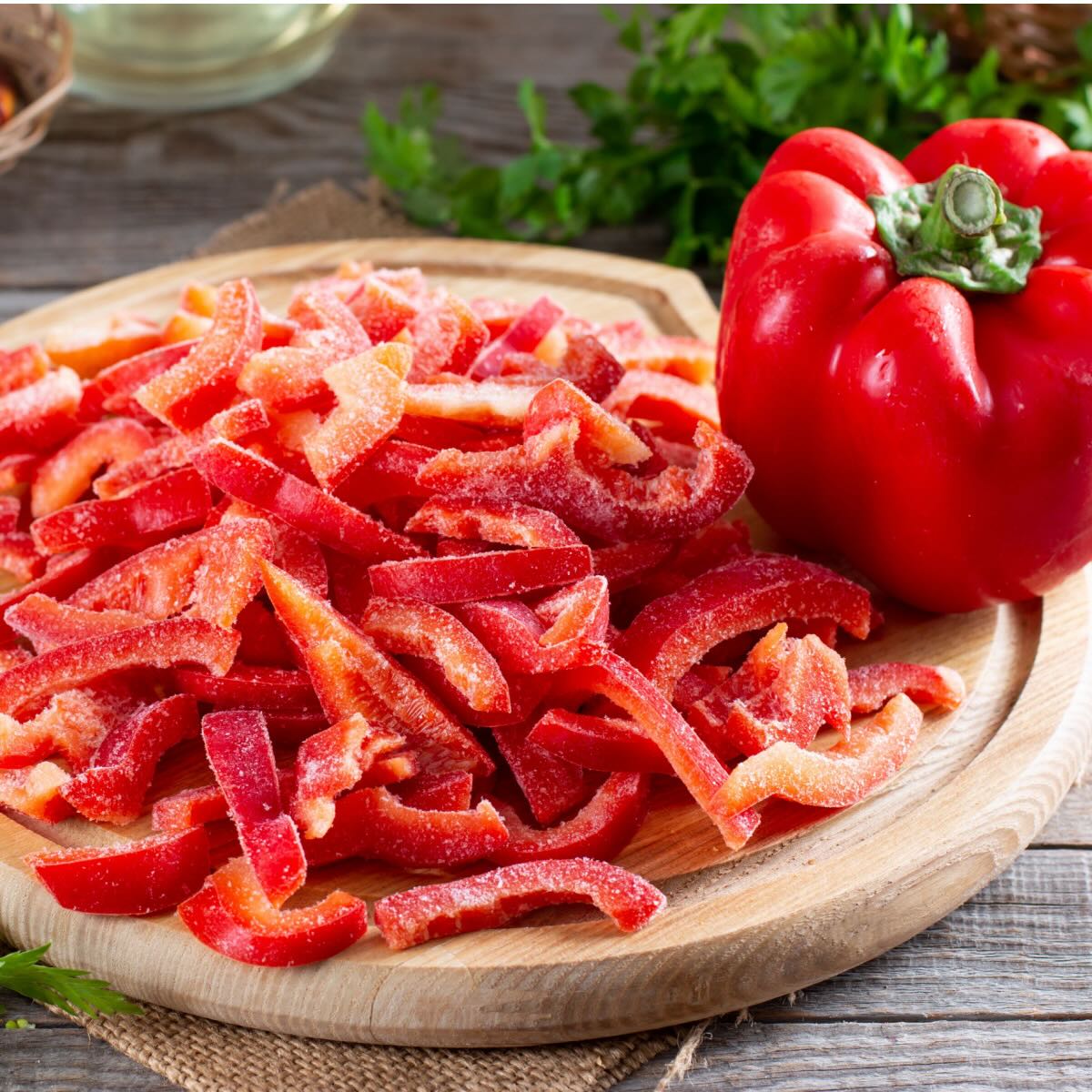
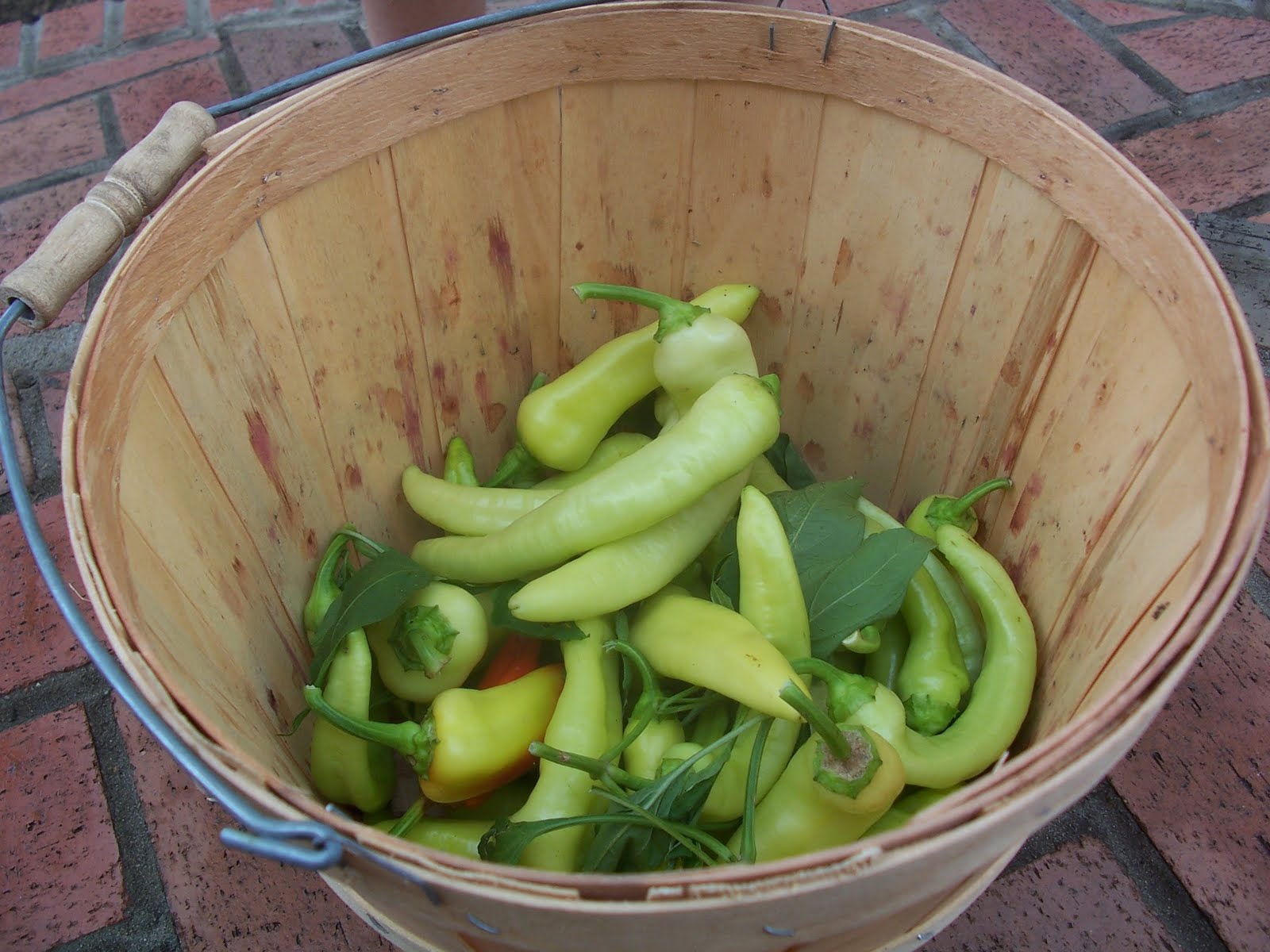

0 thoughts on “How To Store Fresh Hot Peppers”